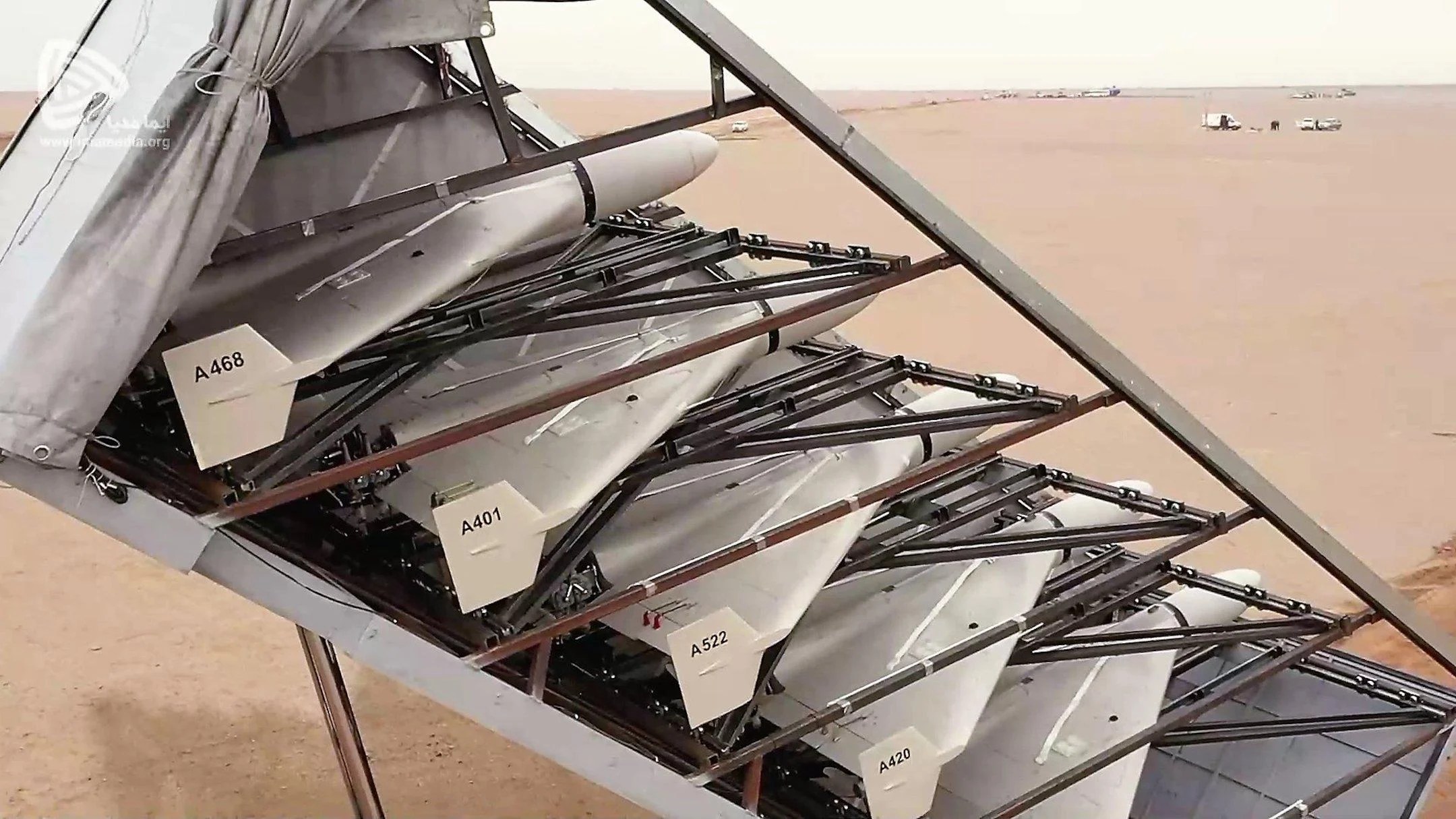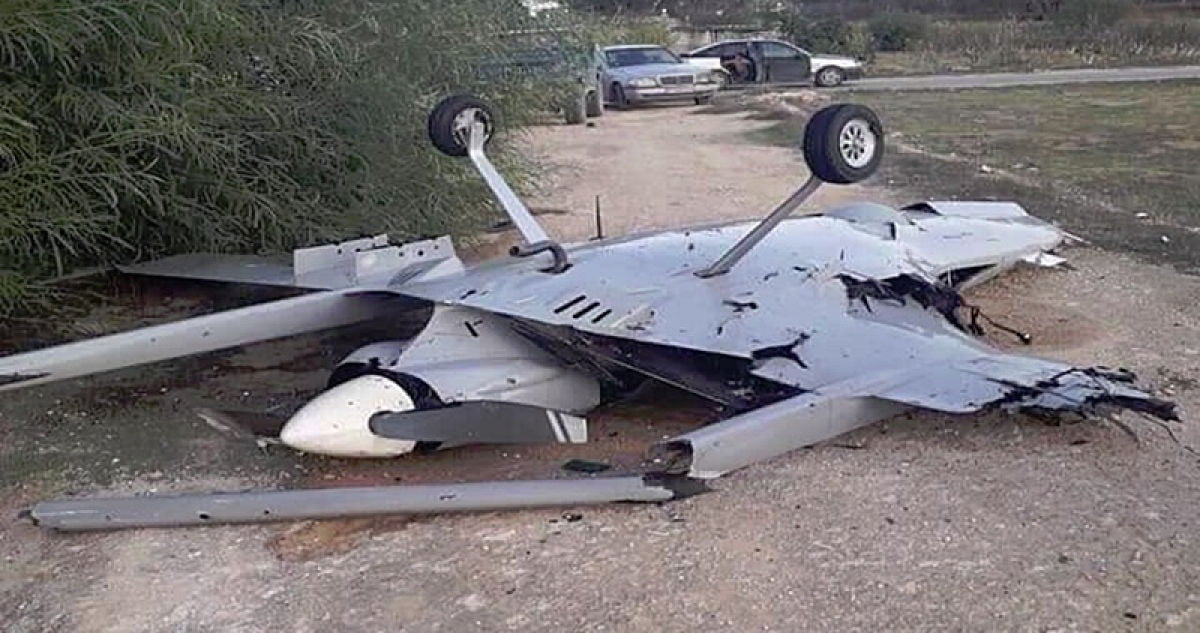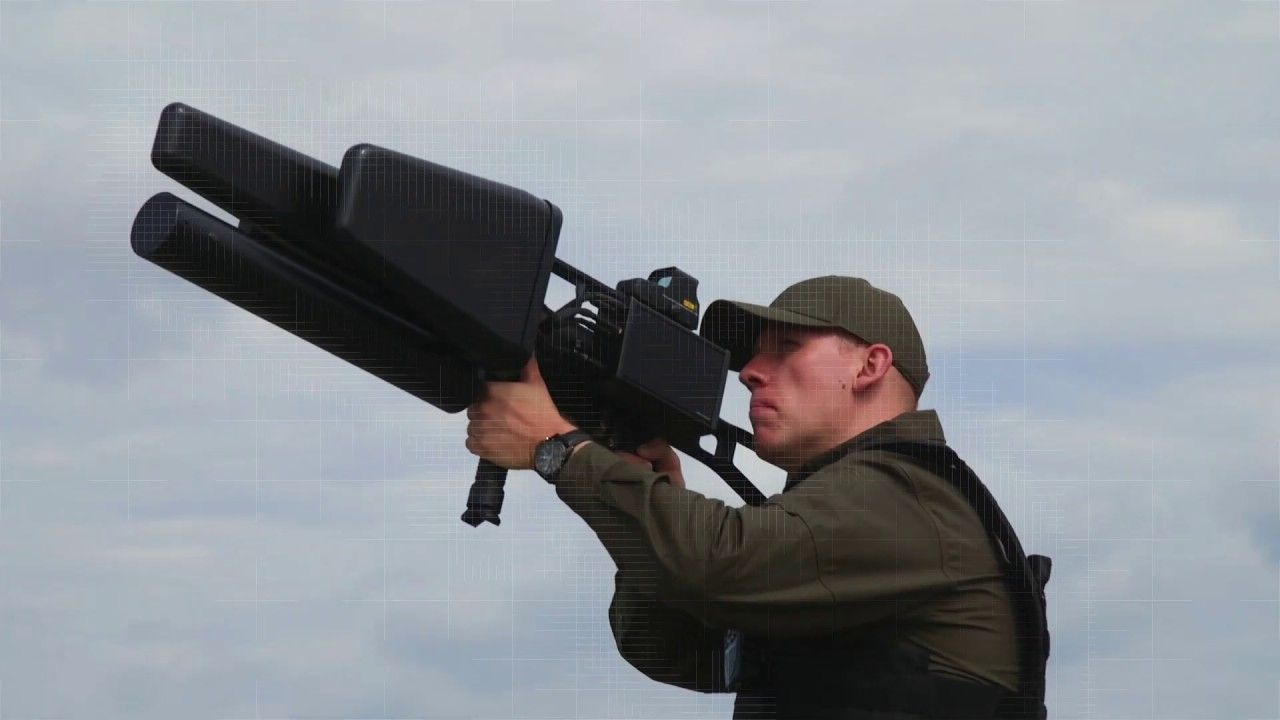Russia’s ‘special military operation’ (SMO) in Ukraine has spurred the development of counter-drone systems in the country.
Ukraine Is No Syria! Why Russia Tasted Success In Syria But Is Getting Clobbered In Its Backyard – Experts Explain
Russia-Ukraine War: Putin’s Retaliatory Strikes On Ukraine Aimed At Sobering The West, Not Kyiv
Recently, the Russian Military Academy of the Strategic Missile Forces patented a new UAV to counter drones. Russia was already ahead of the game in developing counter-weapon systems.
The proliferation of battlefield drones and the future advent of drone swarms are spurring the development of counter-drone systems. Battlefield drones vary extensively in size, operating altitude, and flight trajectory posing challenges in devising a standard way of detection, tracking, and engagement.
Being small and slow-moving makes them very difficult to detect and track. The difficulty is compound when drones are shaped to deflect radar waves instead of reflecting them, as with the Geran-2, the Russian variant of the Iranian Shahed-136.
Such drones’ IR & Radar signature is minimal, precluding engagement with MANPADS. The cross-sectional area of the drone during its terminal dive reduces to an extent where engagement with AD guns becomes difficult.
Attempts to develop counter-drone systems have been ongoing for many years, with results that can best be described as mixed.
Drones have proven pesky, with swarming drones particularly resilient against counter-drone systems. A drone swarm can easily overwhelm counter-drone defense based on missiles and AD guns.
In the succeeding paragraphs, we will look at counter-drone options that have already been deployed, ranging from trivial but affordable to effective but expensive.

Counter Drone Systems
Counter-drone systems need the ability to detect, classify and then engage drones. As such, they are complex systems.
The challenge is to balance the complexity with affordability. Adversary drones can be encountered anywhere along the line of contact, mandating that counter-drone systems are portable, affordable, and can be easily operated.
Drone Detection
Some of the subsystems used to detect, track & classify drones are
-
Mobile/Portable Radars
-
RF Analyser
-
Acoustic Sensors (Microphones)
-
Optical Sensors (Cameras)
-
Drone-based surveillance of adversary drones.
Radars
Specialized portable radars are being developed to detect low-flying drones. The radars use doppler effect filtering to remove ground clutter, displaying only moving objects.
They can detect not just drones but even moving vehicles. The detection range for small drones is one kilometer, and for cars, up to 10 kilometers.
SIGINT
SIGINT (Signal Intelligence) sensors analyze the RF communication between the drone & its operator. The analysis is used to identify the type of drone. However, such systems cannot always locate and track drones.
Also, they can’t detect autonomous drones and are ineffective in crowded RF spaces. The detection range can vary widely depending on the type of drone and the system deployed.
Electrical Optical (EO) Sensors
Electro-optical (EO) sensors combine IR and Optical detection capabilities. They can detect drones effectively, provided atmospheric visibility is good. The detection range varies with the sensitivity of the sensor and the height at which it is installed.
UAV-based optical sensors not only command height but are also mobile, facilitating surveillance of vast swathes of land.
Acoustic Detection
Acoustic detection systems feature microphones and software to analyze the environment and detect approaching UAVs. Once again, their range is limited.

Disabling / Destroying Drones
Systems that disable or destroy a drone may be broadly classified as follows.
-
EW-based systems interfere with a drone’s ability to navigate to its target or disrupt the communication link through which the drone is being operated.
-
Laser systems to damage drone sensors and navigation systems
-
Kinetic systems to dismember a drone or mechanically disable it.
-

File Image: SkyWiper Anti-drone gun
Close Proximity Engagement
GPS Jammers
GPS Jammer systems include aiming and shooting electronic guns or jamming signals patterned as protective domes or fences. Aim and shoot GPS jammers bring down the targeted drone by directing a jamming signal at it while jamming signal fences and domes prevent drones from flying over the protected area.
Electrified Barriers
To protect critical targets such as nuclear power plants and oil storage facilities against swarm attacks, a patent was filed in November 2021 in Russia outlining an electrified barrier equipped with an electronic UAV detection system to determine the number of aircraft and the parameters of their movement.
The electric voltage in the protective barrier is regulated in three modes: security, security-repulsive (when drones approach), and security-damaging.
Nets
Some anti-drone systems use nets to bring down drones flying in close proximity (100-150 meters). The nets are deployed by a canister aimed and fired toward the drowning using a shotgun. Some systems use nets that safely bring down the UAV by deploying a parachute.
Military systems under development use nets that have elements designed to damage the UAV.
Distant Engagement
GPS Spoofers
GPS spoofing systems alter the GPS signal in a manner that either brings down a drone or leads it astray
MANPADS
Some MANPADS, depending on the type of seeker fitted, can be effective against drones. Russia is reported to be using the Verba MANPAD for counter-drone operations.
AD Artillery System
AD guns featuring programmable detonations and shells with proximity fuses can be used to destroy micro and mini unmanned aerial vehicles (UAVs). Russia’s Derivation-Air Defence anti-aircraft artillery system (ZAK) is an example. The system was developed to replace Shilka ZSU and ZU-23 twin anti-aircraft guns.
High-Energy Lasers
High-Energy Lasers mounted on trucks are effective against drones. However, they require good atmospheric visibility and a good tracking system to ensure that the striking laser remains on target for several seconds.
They are more effective against small drones and have a limited range. Long-range systems that can take down larger Medium Altitude drones need powerful lasers with multi-vehicular support. They are expensive and still under development.
Russia is reported to have fielded its armored truck-mounted Zadira-16 laser weapon in its ongoing SMO. Speaking on television, Russian deputy prime minister Yuri Borisov said that the system, now under mass production, destroyed a Ukrainian drone “within five seconds.” The size of the drone is not known
Sticky Foam Dispensing
Earlier this month, TASS reported that The Peter the Great Military Academy of the Strategic Missile Forces has patented a vertical take-off unmanned aerial vehicle to fight swarms of drones using a cloud of fast-curing sticky foam that covers their blades and optics.
The drone has four multi-directional ultrasonic sensors, four sets of working nozzles, a high-pressure air spring, and containers for foam components: distilled water, polyol, and isocyanate. Foam dispensation is triggered by the ultrasonic sensors when a hostile drone is nearby or by the ground operator on visual cues.
High Power EW Systems
Large Drones operating at medium and high altitudes require satellite-based communication links. High-power ground-based systems can detect these links through electronic eavesdropping.
The communication link can be jammed either by the eavesdropping system, or the jamming task can be assigned to a powerful specialized jammer.
Integrated Systems
Integrated systems like the RAFAEL’s Drone comprise multiple (Radar, Electro-Optical, SigInt) sensors and multiple threat neutralization systems (EW, Laser).
Using its machine learning capability and signature library, the system can classify the drone and automatically select the best option to neutralize it. The system is mobile and needs a single operator.
- Vijainder K Thakur is a retired IAF Jaguar pilot. He is also an author, software architect, entrepreneur, and military analyst.
- Reach out to the author at vkthakur (at) gmail.com
- Follow EurAsian Times on Google News




